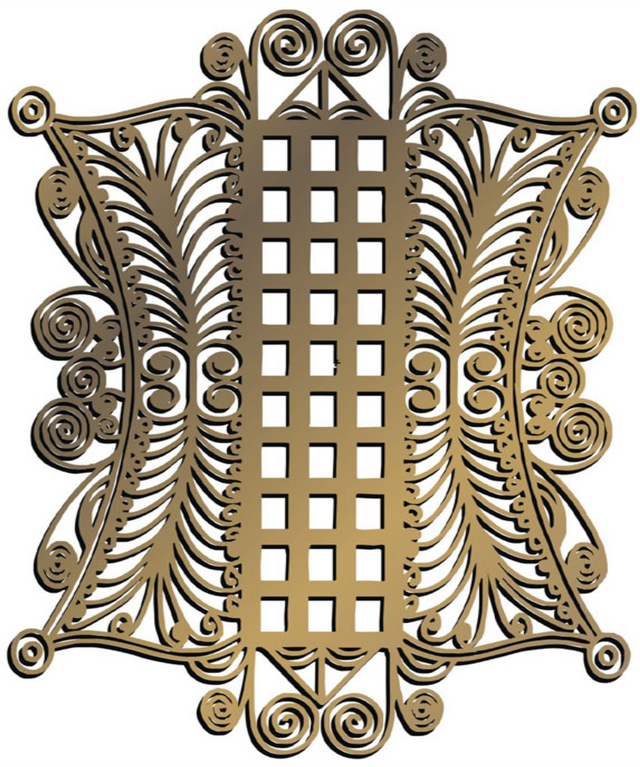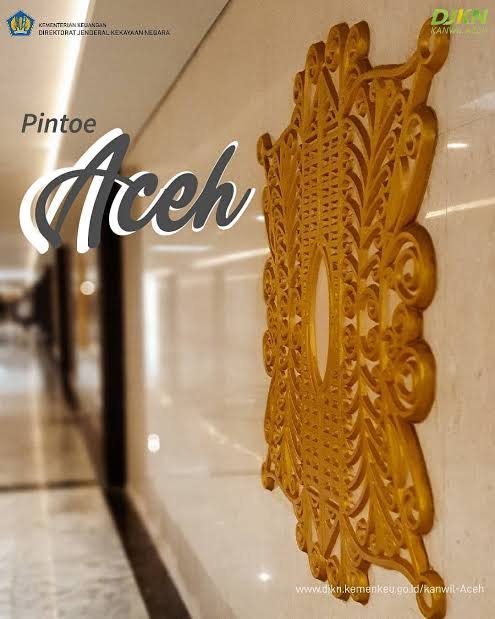History of the "Pinto Aceh" Motif
Each region in Indonesia has its own distinctive characteristics and has become an icon, making it widely known. Aceh Province, located in the far west, also boasts several distinctive features, including the Pinto Aceh motif. Pinto Aceh, known to the Acehnese as the Pinto Khop, is a very famous motif in the province, nicknamed the Serambi Mekkah. This motif can be easily found in almost every city in Aceh Province.
The Pinto Aceh motif was originally the work of a goldsmith named Mahmud Ibrahim from Blang Oi village, Meuraksa District, Banda Aceh City. The Indonesian Ministry of Education and Culture later designated the Pinto Aceh motif as an Indonesian cultural heritage in 2016, in the category of intangible traditional art forms. Pinto Aceh jewelry is the only traditional Acehnese artwork designated by the Ministry of Education and Culture that is not a dance form.
The origins of Pinto Aceh jewelry date back to 1926. At that time, the Dutch colonial government in Kutaraja, now known as Banda Aceh, held its largest night market at Blang Padang Field. At the market, the Dutch colonial government gave gold and silver craftsmen the opportunity to set up stalls to showcase their handicrafts. A gold and silver craftsman named Mahmud Ibrahim, better known as Utoh Mud, was deemed worthy of receiving a certificate from the satteling (night market) committee.
As a gold jewelry craftsman, Utoh Mud, who holds a prestigious certificate from the Dutch colonial government, created a new piece of jewelry in 1935: the Pinto Aceh, whose motif is derived from the Pinto Khop building. Dutch colonial officials and their families frequently ordered or purchased various types of traditional Acehnese jewelry from Utoh Mud. The Pinto Aceh motif was inspired by the design of a monument left by Sultan Iskandar Muda (1607-1636): the Pinto Khop, the entrance to Taman Ghairah or Bustanussalatin, the palace garden of the Sultanate of Aceh Darussalam.
During the era of the Sultanate of Aceh Darussalam, the Pinto Khop was the back door of the Aceh Palace, specifically used as an entrance and exit for Sultan Iskandar Muda's consort and her ladies-in-waiting. Whenever the consort wished to bathe at the banks of the Krueng Daroy, she would always pass through the Pinto Khop. Now a small part of Taman Ghairah has been restored and is known as Taman Putroe Phang, named after the consort of Sultan Iskandar Muda who came from Pahang, Malaysia.
Best Regards,
@fadlymatch

